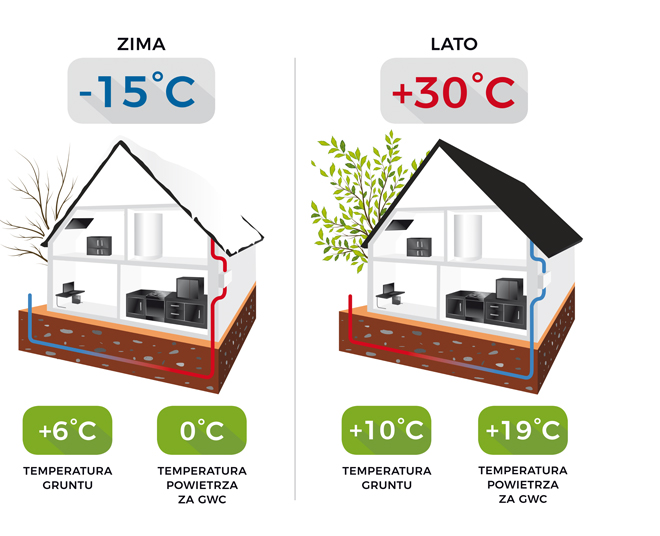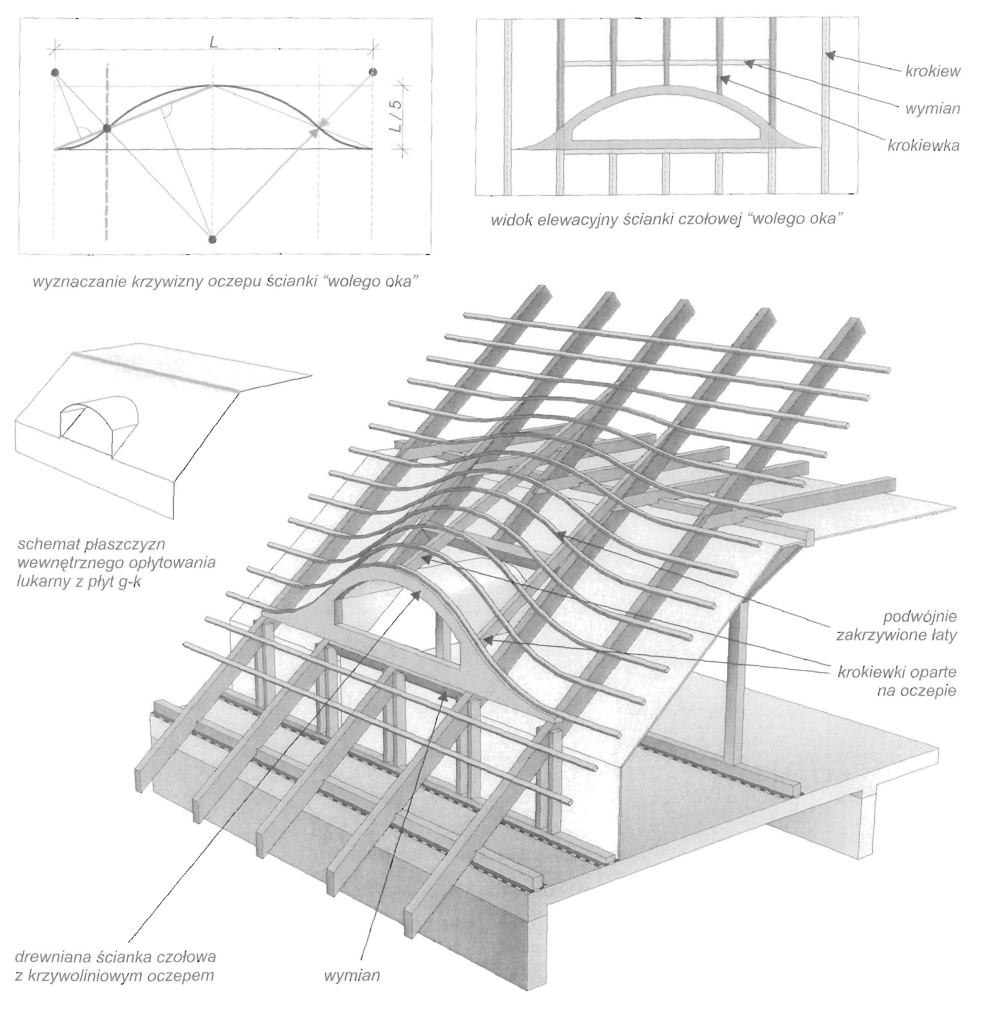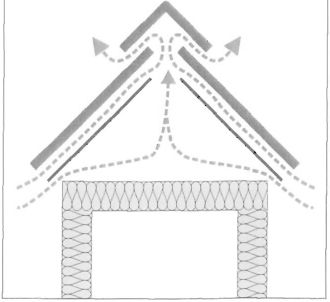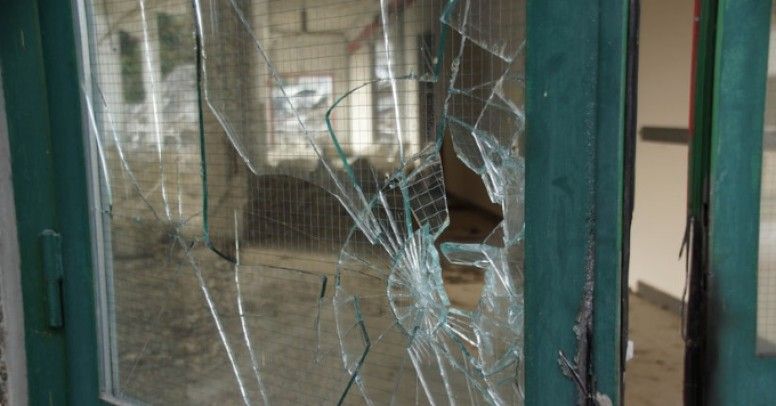Szczelność w domu pasywnym.
Jeśli miałbym wskazać, jaki element budowanych obecnie domów energooszczędnych jest
a) najbardziej niedoceniany,
b) najgorzej wykonywany,
c) tani do osiągnięcia ale wymagający precyzji i dokładności,
to wskazałbym na szczelność powietrzną budynku.
W budynkach z wentylacją grawitacyjną nieszczelność domu była konieczna do prawidłowej wymiany powietrza. Inaczej sprawa wygląda w domach z zainstalowną rekuperacją. Tutaj każdy niekontrolowany przepływ powietrza jest z ekonomicznego punktu widzenia niekorzystny.
Przepływ powietrza możemy określić za pomocą tzw. współczynnika n50, który pokazuje nam, ile powietrza (kubatur budynku) wymieni się przy różnicy ciśnień 50 Pa . Dla domów pasywnych wynosi on mniej niż 0,6, dla domów z wentylacją mechaniczną – mniej niż 1,6.
Zastanówmy się teraz – z jaką starannością układa się u nas paroizolację na poddaszu czy na styku ścianki kolankowej z więźbą, z jaką dokładnością montuje się okna czy drzwi? Z jaką dokładnością projektuje się przepusty rur i kabli doprowadzonych z zewnątrz do budynku? I nie chodzi tutaj o kilkucentymetrowe dziury, milimetrowe szczeliny mogą sumarycznie spowodować naprawdę bardzo znaczne straty ciepła. Odpowiednie wyliczenia są w wielu miejscach w Internecie i radzę to poczytać, zaskoczenie może być niemałe.
I tak inwestor wydaje duże pieniądze na dobry rekuperator, grube ocieplenie i później zastanawia się dlaczego efekt jest taki słaby? Przykładowo, drobne, milimetrowe nieszczelności mogą sprawić, że odzysk ciepła z rekuperatora spadnie mu o 15% – można było więc kupić rekuperator tańszy o kilka tysięcy, wyeliminować te nieszczelności i efekt byłby taki sam.
Dodatkowym problemem jest wilgoć, która wykrapla się ze schłodzonego powietrza uciekającego przez szczelinę. Najczęściej w polskich warunkach budowlanych, wykrapla się niestety w warstwie izolacji z wełny mineralnej, co po pierwsze – powoduje jej destrukcję, po drugie – mokra wełna mineralna przestaje być izolatorem cieplnym. Strata jest więc podwójna.
Jak zmierzyć szczelność powietrzną domu?
Profesjonalnie – specjalnym urządzeniem, które zakłada się w miejsce drzwi. Urządzenie te jest wyposażone w wentylator i specjalne czujniki i analizatory. Nie jest to jednak tania usługa, aczkolwiek jej koszt cały czas spada. Takie badanie jest też obowiązkowe dla domu, który chce uzyskać certyfikat domu pasywnego (dla zainteresowanych – proszę szukać na frazę test blower door)
Nieprofesjonalnie – włączyć sam wentylator nawiewny w domu (wyłączyć wywiewny w rekuperatorze) i patrzeć na barometr – czy ciśnienie rośnie. (Jak nie na barometrze to powinno u nas. Jeżeli nie – badać każdy pokój i za pomocą całkiem domowych sposobów – świeca, dym – szukać nieszczelności. Nie jest to profesjonalne badanie i nie da profesjonalnych efektów – ale na użytek domowy – czemu nie (zainteresowanych odsyłam do forum Muratora)









